What is customer identity and access management?
We answer five top questions about CIAM and its importance to customer relationships and business success
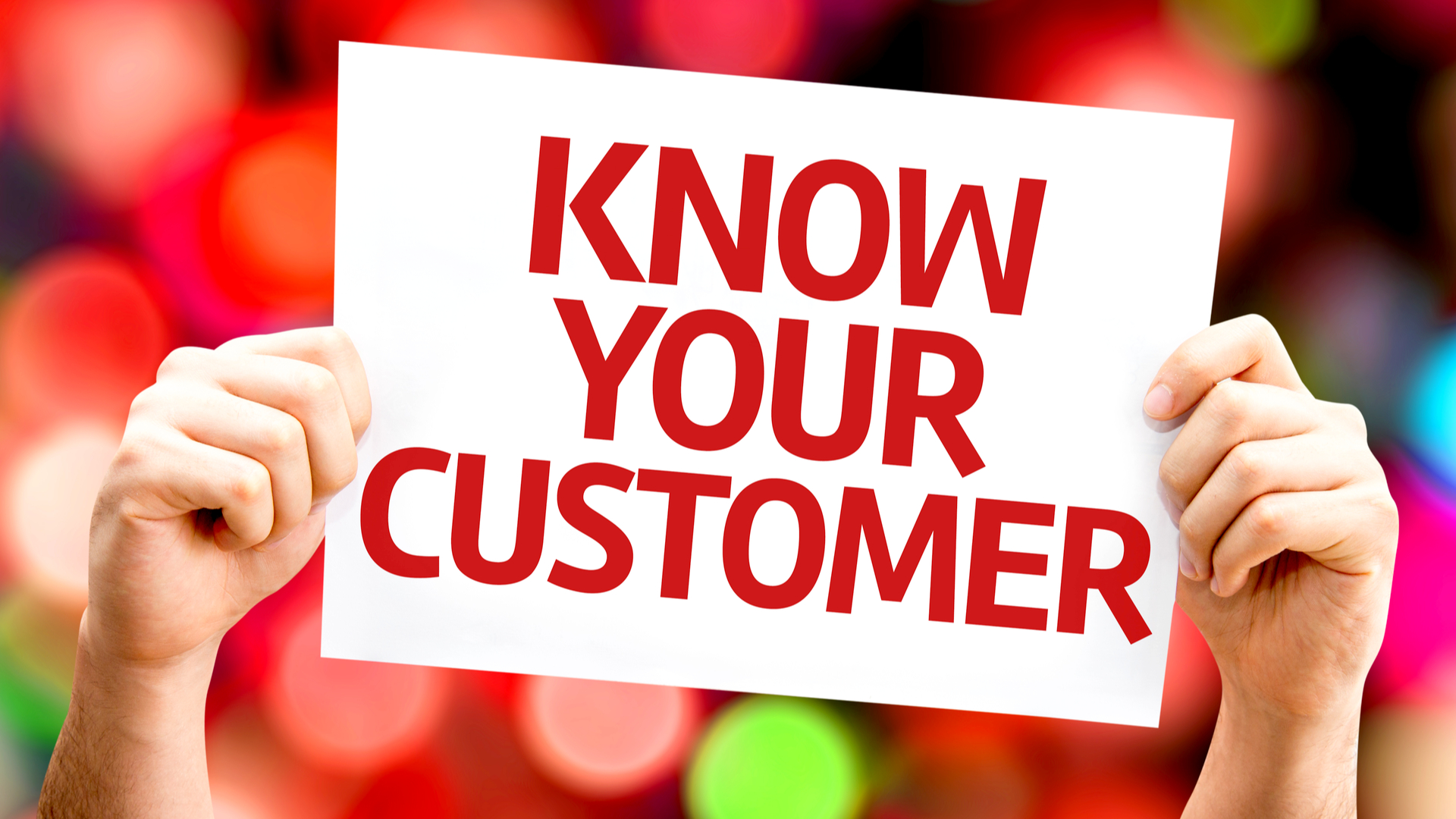
Improving customer experience is the driving force behind many an organisation’s digital transformation, as any savvy business knows that in our experience economy, how a customer perceives every interaction with your business is integral to its success.
RELATED RESOURCE
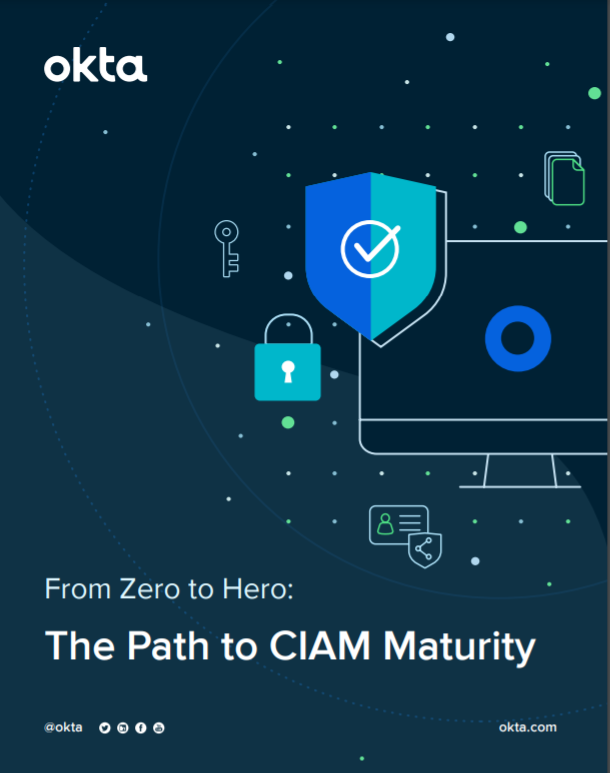
With 85% of respondents to a survey saying a personalised experience is key to earning their business and 67% saying they would pay more for these experiences, it’s clear that you need to deliver multi-channel, seamless interactions that make your customers feel seen.
How you manage and protect customer data is a big part of this, as it helps gain trust and adds to the overall experience. How do you do this, though, with the proliferation of extra devices like connected cars and smartwatches complicating secure, multi-channel interactions?
And since in the past, more data security has often been tied to having less visibility, how can you juggle protecting their information with using it to offer the best experiences?
This is where customer identity and access management (CIAM) comes in.
What is the difference between IAM and CIAM?
Traditional identity and access management (IAM) is designed for authentication and access within an organisation. It is used for controlling an employee’s access when they join, leave, or change roles and doesn’t cover requirements that are specific to customers, like how they prefer their data to be managed when they sign up to a website.
On the other hand, in addition to securing a customer’s information, CIAM is also geared towards creating better experiences through data collection. It benefits businesses as well, allowing them to build customer profiles with the data collected and better target customers for higher conversions.
Get the ITPro daily newsletter
Sign up today and you will receive a free copy of our Future Focus 2025 report - the leading guidance on AI, cybersecurity and other IT challenges as per 700+ senior executives
Why do you need CIAM?
Customers have high expectations and they can quickly get impatient when those expectations aren’t being met. It doesn’t take too many mistakes, inconveniences, or pages that won’t load before they share their bad experiences with others, so the stakes of CIAM are high.
When we look at traditional methods of managing customer data without a CIAM platform, there are many pitfalls.
Normally, authentication is built into the website and credentials are stored in back-end databases, which don’t transfer sign-in information or social logins across multiple web applications and create more friction for customers.
This method also doesn’t update automatically, meaning you miss out on new features like multi-factor authentication or the latest security offerings.
If customers can’t easily access services with a single sign-on and their data is at risk, they’re likely to desert your business in favour of a competitor.
What benefits can my organisation get from CIAM?
As we’ve already touched on, a good CIAM platform will offer your organisation more visibility into customer behaviour, from their purchase histories to usage trends.
This customer profile informs sales forecasting, personalised marketing, and new product development, which shows your customers you understand them and their needs. Specially built for consumer applications, CIAM platforms can also be scaled to handle millions of interactions.
What benefits can my customers get from CIAM?
As a direct result of the increased visibility for businesses, customers will, of course, have interactions that are more relevant to them and actually serve their specific needs.
They also get frictionless access across any device using single sign-on or social login.
Through a CIAM platform, their data is better protected through multi-factor authentication (MFA), threat detection, and password backlists, and it’s easy for them to manage consent for how their data can be used or ask to be removed from systems.
How do I choose a CIAM solution?
Given the complexity of managing customer identity, most businesses choose to use a Identity-as-a-Service provider instead of developing a platform in-house. Choosing the right platform is key to achieving the full breadth of benefits of CIAM, so here are several things to keep in mind when you begin your search.
First of all, the platform must operate consistently across all applications and devices and it should integrate with existing CRM systems, marketing platforms, e-commerce platforms, content management systems, data management platforms, and more.
RELATED RESOURCE

It also needs to bring together the data collected from these touchpoints into one unified database, but with flexibility that allows you to collect what’s most relevant to your brand.
Without these two points, you won’t be able to get the comprehensive view of your customers that’s so vital to delivering great experiences and growing revenue.
And, of course, you’ll want to make sure your chosen platform has built-in features for data regulation compliance and data breaches to keep customers’ personal information secure. It must be built to withstand all types of attacks, from denial-of-service attacks (DoS) to fraudsters using stolen identities, and also encrypt data on the back end to keep data safe in the event of an attack getting through. It also needs to meet government regulations like GDPR and CCPA.
Many CIAM platforms are cloud-based, which offers scalability and reliability and cost savings compared to on-premises, but you’ll still need to integrate this platform with other systems that are on-premises, so a hybrid architecture may be the best option.
-
 Bigger salaries, more burnout: Is the CISO role in crisis?
Bigger salaries, more burnout: Is the CISO role in crisis?In-depth CISOs are more stressed than ever before – but why is this and what can be done?
By Kate O'Flaherty Published
-
 Cheap cyber crime kits can be bought on the dark web for less than $25
Cheap cyber crime kits can be bought on the dark web for less than $25News Research from NordVPN shows phishing kits are now widely available on the dark web and via messaging apps like Telegram, and are often selling for less than $25.
By Emma Woollacott Published
-
 UK businesses patchy at complying with data privacy rules
UK businesses patchy at complying with data privacy rulesNews Companies need clear and well-defined data privacy strategies
By Emma Woollacott Published
-
 Data privacy professionals are severely underfunded – and it’s only going to get worse
Data privacy professionals are severely underfunded – and it’s only going to get worseNews European data privacy professionals say they're short of cash, short of skilled staff, and stressed
By Emma Woollacott Published
-
 Four years on, how's UK GDPR holding up?
Four years on, how's UK GDPR holding up?News While some SMBs are struggling, most have stepped up to the mark in terms of data governance policies
By Emma Woollacott Published
-
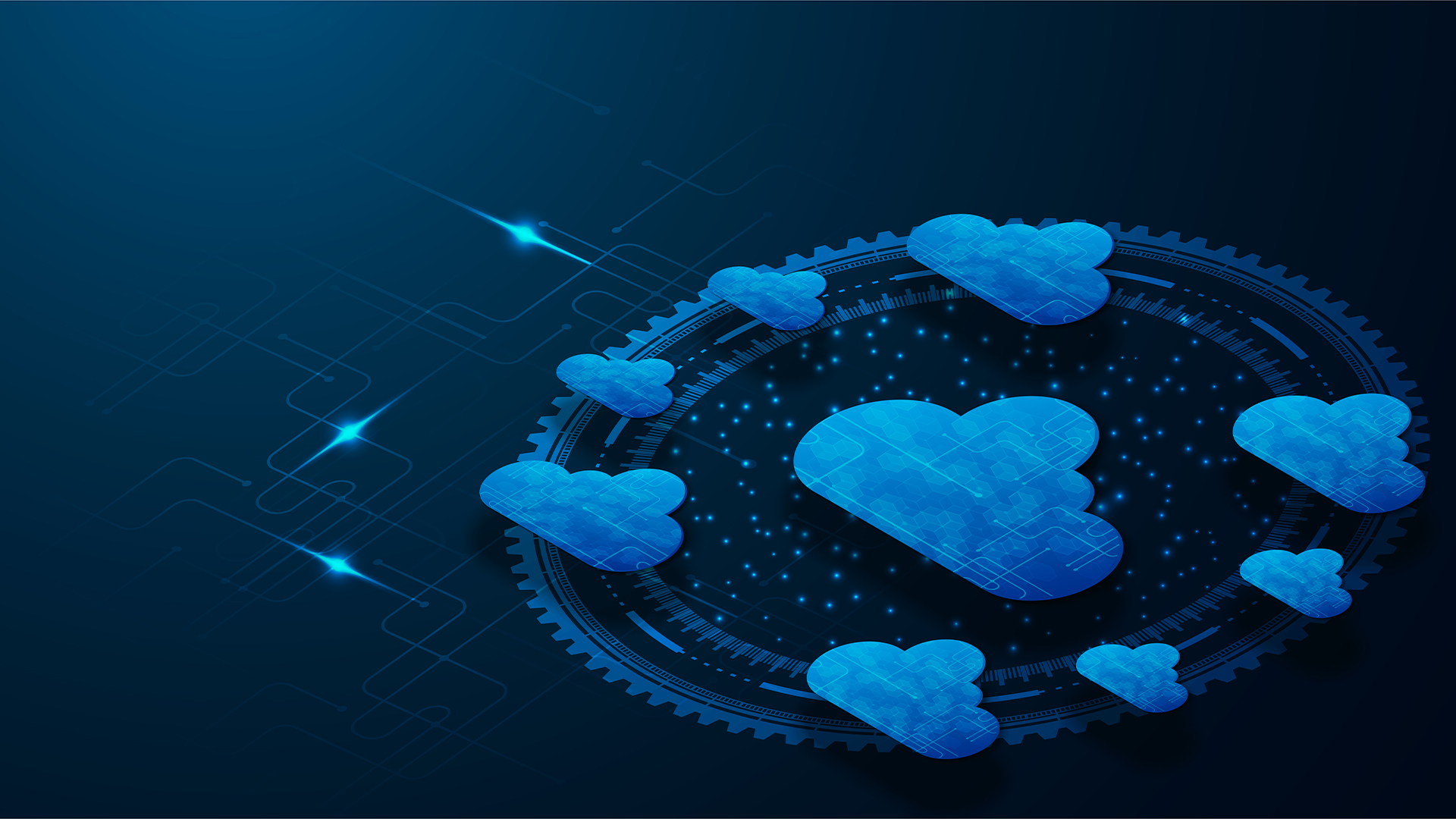 Multicloud data protection and recovery
Multicloud data protection and recoverywhitepaper Data is the lifeblood of every modern business, but what happens when your data is gone?
By ITPro Published
-
 Intelligent data security and management
Intelligent data security and managementwhitepaper What will you do when ransomware hits you?
By ITPro Published
-
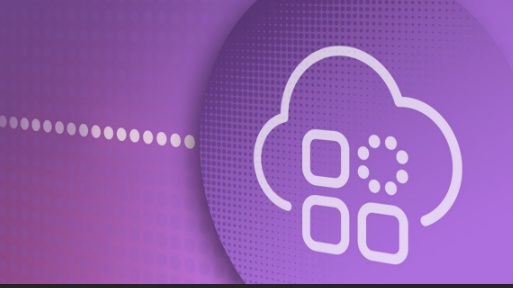 How to extend zero trust to your cloud workloads
How to extend zero trust to your cloud workloadsWhitepaper Implement zero trust-based security across your entire ecosystem
By ITPro Published
-
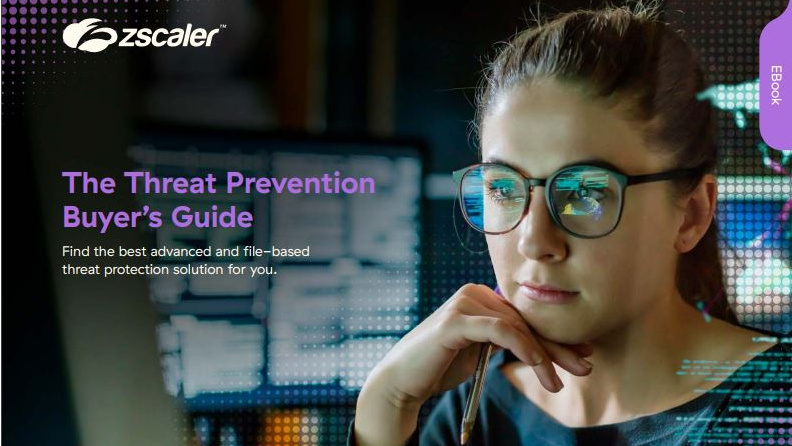 The threat prevention buyer's guide
The threat prevention buyer's guideWhitepaper Find the best advanced and file-based threat protection solution for you
By ITPro Published
-
 Why The Matrix offers valuable lessons on data sovereignty for channel partners
Why The Matrix offers valuable lessons on data sovereignty for channel partnersIndustry Insight Two decades on, there's much that the Matrix series can teach channel partners about data sovereignty
By David Devine Published